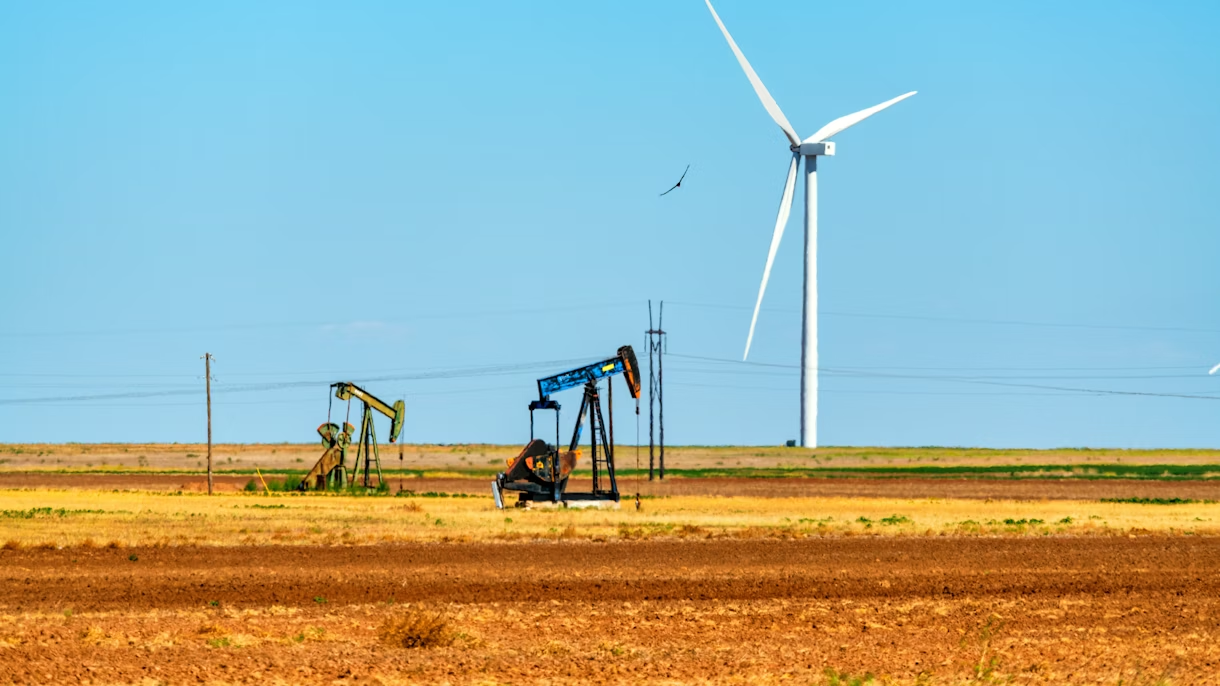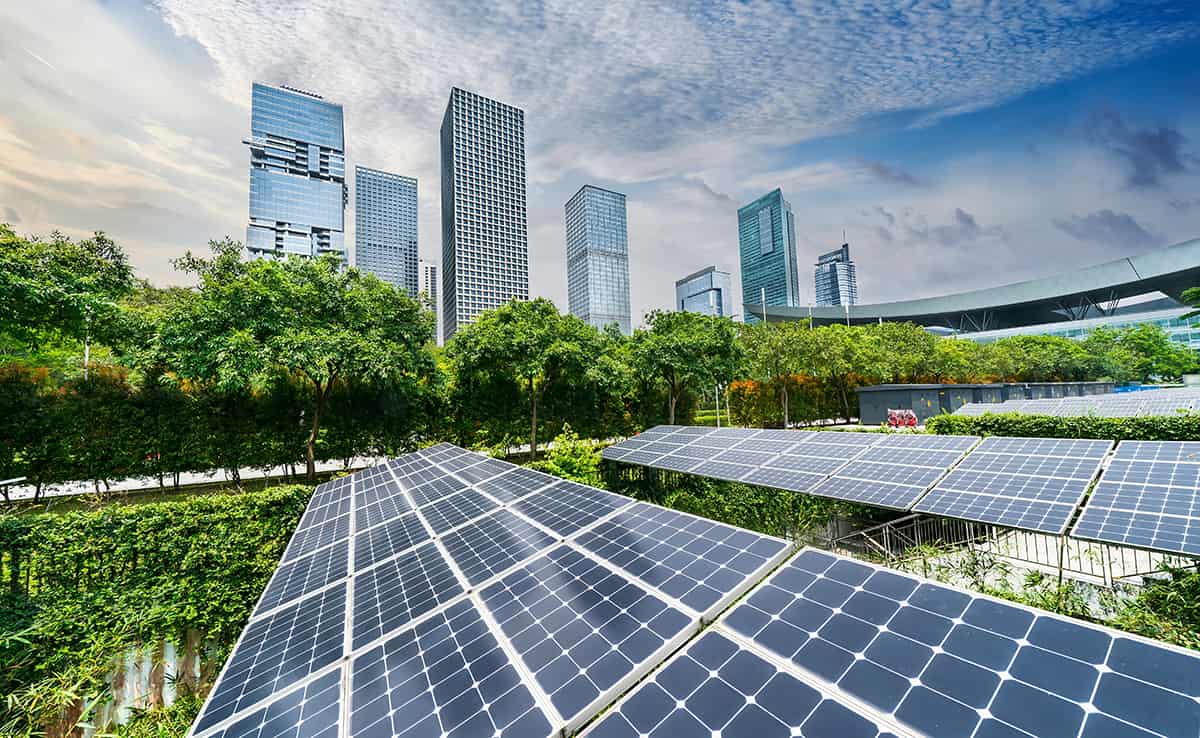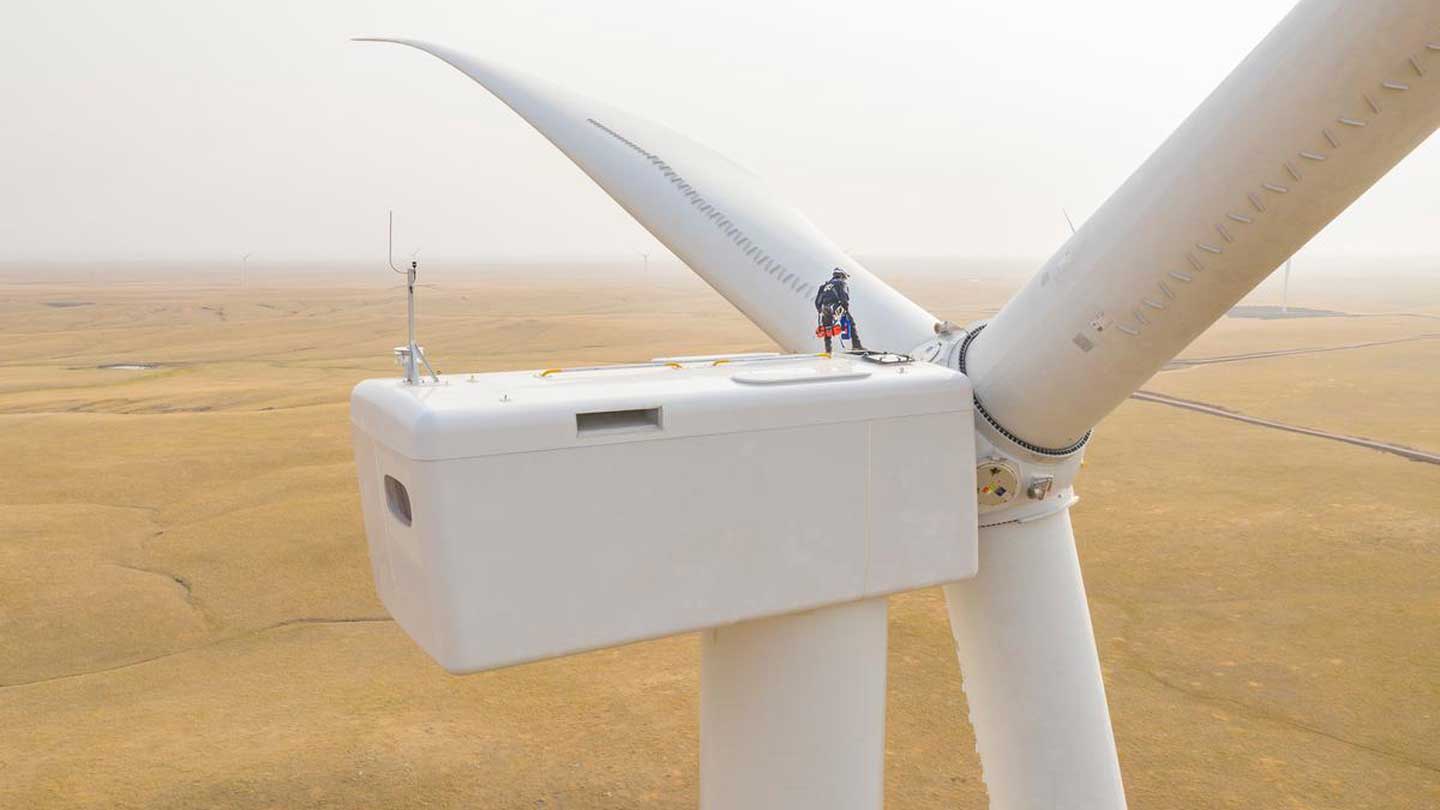Powering the Future: How the Energy Transition Is Reshaping Global Business

The world is in the midst of one of the most profound industrial transformations in modern history—the global energy transition. As governments, investors, and corporations accelerate efforts toward decarbonization, the shift from fossil fuels to renewable energy sources is not only changing how we power our world but also how we do business.
This transition, driven by technology, policy, and sustainability demands, presents both opportunities and challenges for industries worldwide. From green finance and clean-tech startups to corporate sustainability strategies, energy has become the new business frontier.
1. The Energy Transition: A New Economic Era
For more than a century, global growth has been fueled by coal, oil, and gas. But that model is quickly evolving. The move toward low-carbon economies is no longer a distant vision—it’s a business imperative.
According to the International Energy Agency (IEA), renewable energy sources like wind and solar will account for nearly 50% of global electricity generation by 2030, up from around 30% today. Meanwhile, major economies are setting ambitious net-zero targets: the European Union aims for carbon neutrality by 2050, while China is targeting 2060.
This rapid evolution signals a new age of economic opportunity. Businesses that adapt early to cleaner technologies, sustainable operations, and energy efficiency stand to gain a competitive edge in the markets of tomorrow.
2. The Business Case for Clean Energy
The shift toward renewables is no longer just about environmental responsibility—it’s also a matter of financial performance.
Lower Operational Costs
The cost of renewable energy technologies has fallen dramatically. The price of solar photovoltaic (PV) panels has dropped by more than 80% since 2010, and wind energy costs have fallen by roughly half. As a result, renewable electricity is now the cheapest source of power in many parts of the world.
Companies investing in solar and wind energy can lock in long-term cost stability, avoiding the volatility of fossil fuel prices.
Investor Pressure and ESG Mandates
Sustainability has become a central focus for global investors. Environmental, Social, and Governance (ESG) metrics are now standard criteria for assessing corporate performance. Investment giants like BlackRock and Vanguard have made it clear: companies that fail to address climate risk could face declining valuations and reduced access to capital.
In this landscape, energy-efficient and low-carbon business models are no longer optional—they’re essential for securing investor confidence.
Consumer Expectations
Modern consumers are more conscious than ever. A 2024 Deloitte survey found that over 60% of consumers prefer to buy from companies committed to sustainability. This shift in behavior directly influences brand reputation and market share. Businesses embracing renewable energy and responsible sourcing are winning the loyalty of an increasingly eco-aware customer base.
3. The Rise of Corporate Energy Independence
Traditionally, energy procurement was a cost-center issue. Today, it’s a strategic advantage. Many corporations are investing in on-site renewable generation, power purchase agreements (PPAs), and carbon offset projects to take control of their energy futures.
Tech giants like Google, Microsoft, and Amazon are leading this movement. Google has achieved 100% renewable energy matching for its operations since 2017 and now aims to operate on 24/7 carbon-free energy by 2030. Amazon is building large-scale solar and wind farms to power its global logistics network.
This corporate trend toward energy independence not only reduces carbon footprints but also insulates companies from future energy market disruptions.

4. Clean-Tech Innovation and the New Industrial Revolution
The energy transition is fueling an innovation boom. Startups and established firms alike are racing to develop cleaner, smarter, and more efficient technologies.
Energy Storage and Battery Technologies
One of the biggest challenges in renewable energy is intermittency—solar and wind depend on weather conditions. Advances in battery storage are solving this problem. Companies like Tesla, CATL, and Panasonic are pioneering large-scale storage systems that make renewable energy more reliable and grid-ready.
Hydrogen Economy
Hydrogen is emerging as a game-changer for sectors difficult to electrify, such as heavy industry, aviation, and shipping. The global hydrogen market is expected to reach $500 billion by 2035, according to BloombergNEF. Governments and corporations are investing heavily in “green hydrogen,” produced using renewable electricity.
Smart Grids and Digital Energy Management
Digitalization is another frontier. Smart grids, powered by IoT sensors and AI analytics, enable real-time energy monitoring, predictive maintenance, and dynamic pricing. These technologies are transforming utilities and helping cities transition toward more resilient and efficient systems.
5. Policy and Global Investment Trends
Public policy is playing a decisive role in shaping the business-energy nexus. From tax incentives to carbon pricing, governments are guiding the direction of investment.
-
The U.S. Inflation Reduction Act (IRA) has injected hundreds of billions of dollars into clean energy subsidies, manufacturing, and innovation.
-
The European Green Deal is setting strict emissions standards while supporting renewable infrastructure across the continent.
-
Asia-Pacific nations, led by China and India, are ramping up solar and wind capacity to meet both energy security and climate goals.
Meanwhile, the global financial community is aligning with these efforts. In 2024, global clean energy investment surpassed $2 trillion, outpacing fossil fuel investments for the first time.
This convergence of policy, finance, and technology signals a permanent restructuring of global energy markets.
6. Challenges Ahead: Transitioning Without Turbulence
While the energy transition offers immense promise, it also presents complex challenges.
-
Infrastructure Gaps: Many developing economies still rely heavily on coal and lack the infrastructure for renewable integration.
-
Supply Chain Pressures: The surge in demand for critical minerals like lithium, cobalt, and rare earth elements is creating new dependencies and geopolitical tensions.
-
Workforce Transformation: Millions of jobs in fossil fuel industries will be displaced, requiring massive retraining and upskilling programs.
Businesses navigating this transformation must balance profitability with responsibility, ensuring that the energy transition is just, inclusive, and resilient.
7. The Road Ahead: Energy as a Business Strategy
The future of business is inseparable from the future of energy. In the coming decade, energy strategy will become as central to corporate planning as finance or marketing.
Forward-looking businesses are already embedding sustainability into their core models—not as a marketing angle, but as a competitive necessity. Whether it’s through renewable sourcing, carbon neutrality goals, or investments in clean technology, energy decisions will define business success.
At the same time, the convergence of AI, automation, and green energy will create entirely new industries. From electric mobility ecosystems to carbon capture markets, the possibilities are immense for those willing to innovate.

8. Conclusion: Business and Energy—A Shared Future
The energy revolution is not just an environmental or technological shift—it’s a business transformation. Every company, regardless of size or sector, now plays a role in shaping a sustainable future.
Businesses that embrace clean energy today are not only future-proofing their operations but also leading the global effort toward economic resilience and environmental stewardship. The path forward is clear: those who align with the new energy economy will power not just their enterprises, but the future itself.







